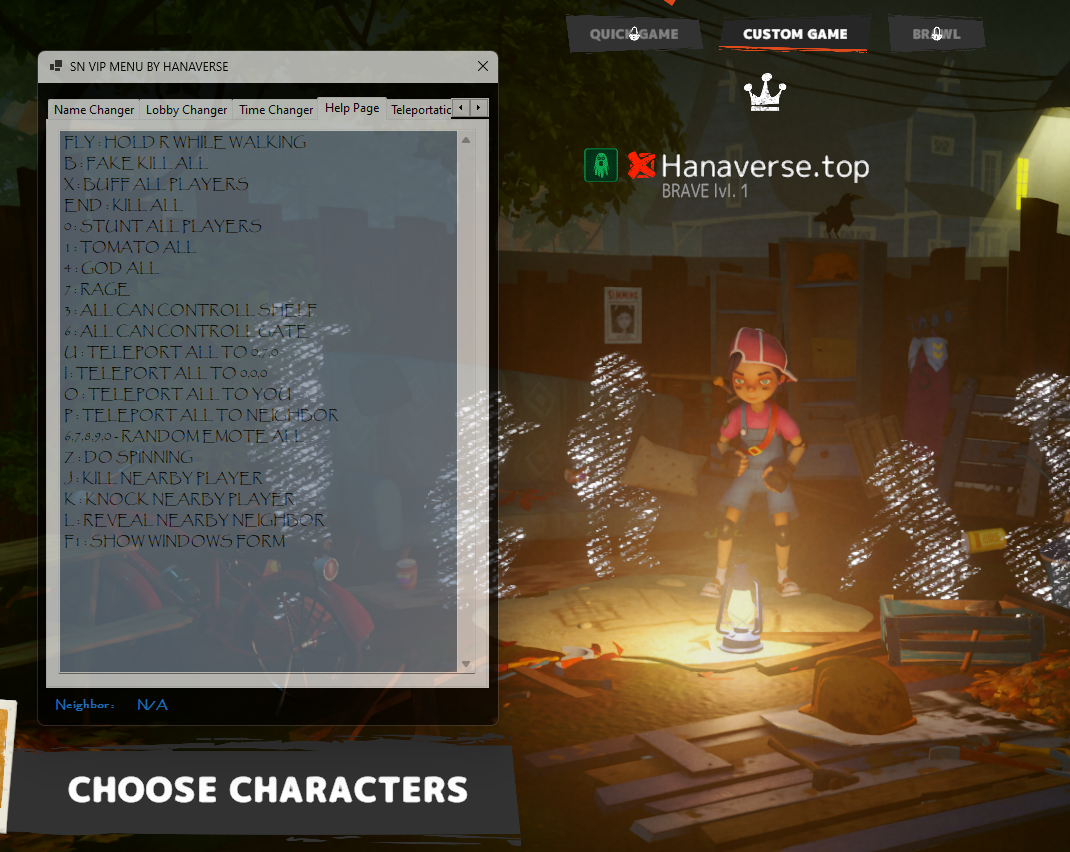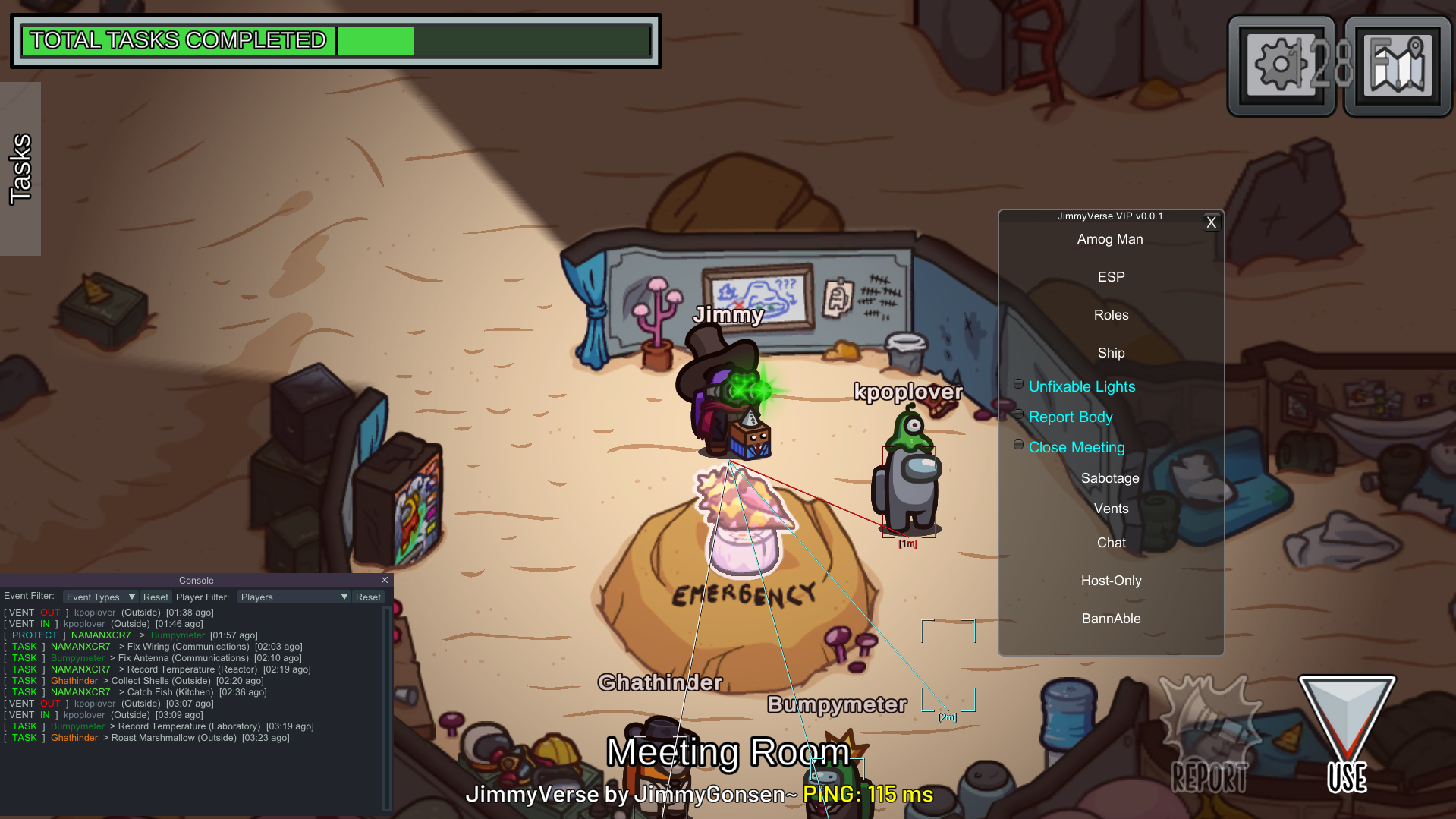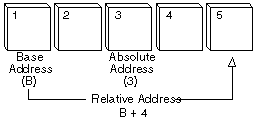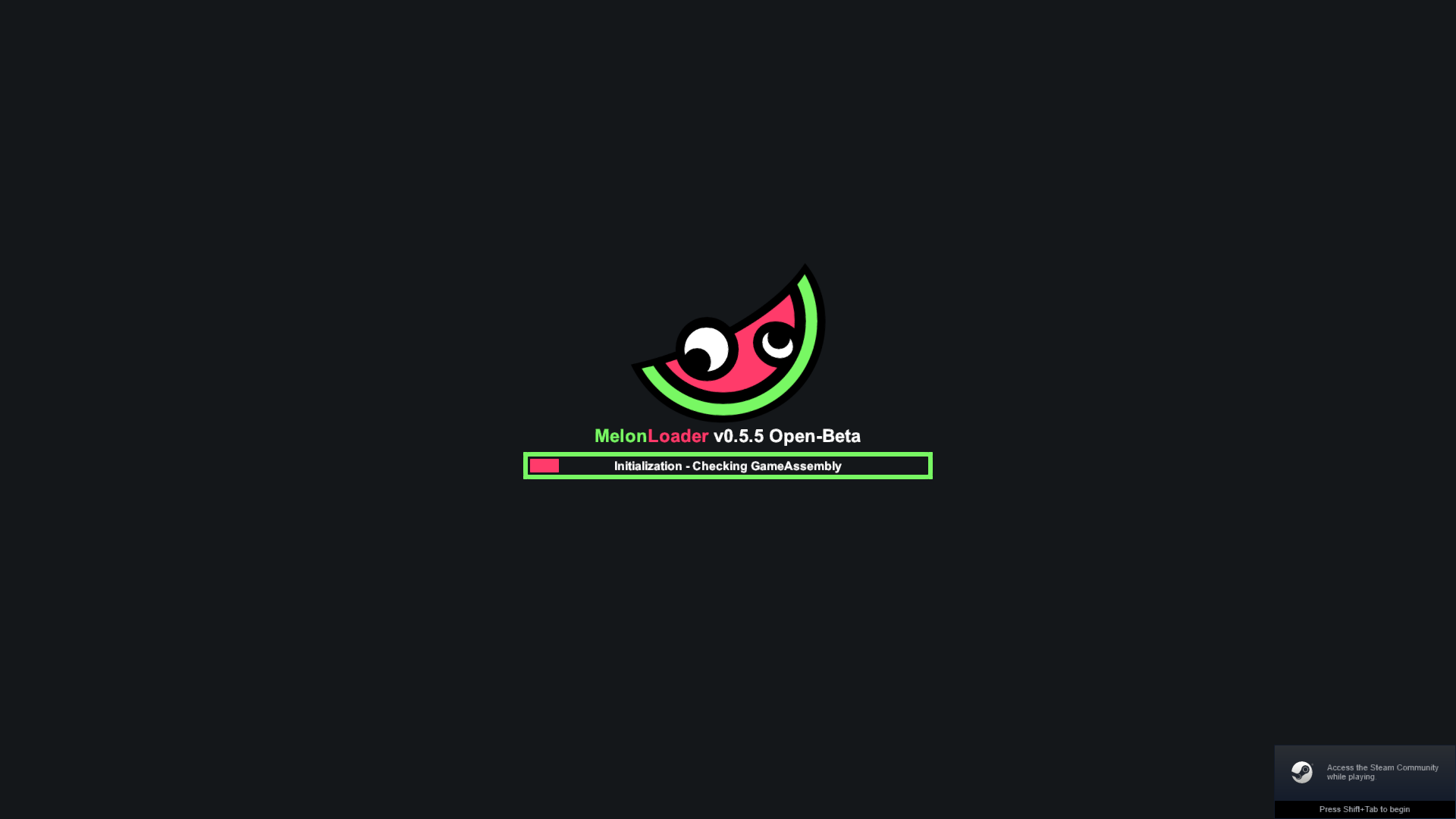إعلان مُمول
Relative Virtual Address For Function Hooking
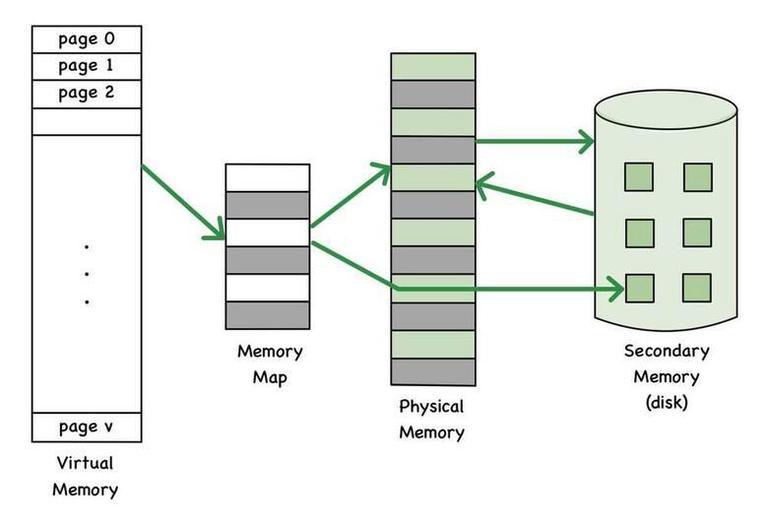
Understanding Relative Virtual Address (RVA) for Function Hooking
The Relative Virtual Address (RVA) is a fundamental concept in how operating systems manage memory and load programs. While it's crucial for general memory management, its true power becomes evident in advanced techniques like function hooking. If you're delving into reverse engineering, security research, or system instrumentation, understanding RVA in this context is essential.
The Core Problem: Dynamic Program Loading
When a program (an executable or a DLL) is loaded into memory, its starting address, known as the Base Address (or Image Base), is not fixed. Modern operating systems employ techniques like Address Space Layout Randomization (ASLR) to load programs at random base addresses for security reasons. This means that a function that might be at 0x00401000 in one execution could be at 0x7FF7C0011000 in another.
If code relied on hardcoded absolute addresses, it would break every time the program loaded at a different base address. This is where RVA provides a robust solution.
What is Relative Virtual Address (RVA)?
Instead of an absolute memory location, an RVA represents an offset from a module's Base Address. Think of it as a consistent internal address within the module, regardless of where the module itself is loaded in memory.
- Virtual Address (VA): The actual memory address where a piece of code or data resides after the program has been loaded into memory. This is the address the CPU uses.
- Base Address (Image Base): The starting virtual address where the operating system loads the entire executable file (or a specific module like a DLL) into memory.
- Relative Virtual Address (RVA): The offset of a specific item (like a function or a variable) from the module's Base Address. It tells you how far into the module that item is.
The RVA Formula
The relationship between VA, Base Address, and RVA is straightforward:
Relative Virtual Address (RVA) = Virtual Address (VA) - Base AddressConversely, if you know the RVA of a function and the module's Base Address, you can calculate its current Virtual Address:
Virtual Address (VA) = Base Address + Relative Virtual Address (RVA)RVAs are typically positive values, representing an offset into the loaded module.
RVA's Critical Role in Function Hooking
Function hooking is a technique used to intercept calls to a specific function and redirect them to a different, custom function. This is done for various purposes, such as:
- Debugging: Inspecting or modifying function arguments/return values.
- Security: Monitoring or preventing malicious API calls.
- Extending Functionality: Adding features to existing software without modifying its source code.
- Game Modding: Altering game behavior.
To hook a function, you first need to find its precise memory location (its Virtual Address) at runtime. This is where RVA becomes indispensable:
- Identifying the RVA: Through static analysis of the executable file (e.g., using tools like IDA Pro or Ghidra), you can determine the RVA of the target function you want to hook. This RVA remains constant regardless of where the module is loaded.
- Getting the Base Address: At runtime, your hooking code needs to determine the current Base Address where the target module (EXE or DLL) has been loaded by the operating system.
- Calculating the Virtual Address: With the RVA and the runtime Base Address, you can then calculate the exact Virtual Address of the target function using the formula:
VA = Base Address + RVA. - Patching the Code: Once you have the precise Virtual Address, you can then modify the code at that location (e.g., by overwriting the first few bytes with a jump instruction to your custom hook function).
Example Scenario: Hooking a Windows API Function
Let's say you want to hook the Windows API function MessageBoxA, which is located in user32.dll.
Through static analysis of user32.dll, you find that the RVA of MessageBoxA is consistently 0x00012345.
When your program runs, the operating system loads user32.dll at a random Base Address, for example, 0x75000000.
To hook MessageBoxA, your hooking code would first determine the current Base Address of user32.dll. Then, it calculates the actual Virtual Address (VA) of MessageBoxA:
VA = Base Address + RVA
VA = 0x75000000 + 0x00012345
VA = 0x75012345
Now, with the precise Virtual Address 0x75012345, your hooking mechanism can modify the code at this location to redirect calls to your custom function.
Why RVA is Indispensable for Hooking
- Stability Across Loads: The RVA of a function within a specific module remains constant across different program executions, even if the module's Base Address changes due to ASLR. This provides a stable reference point.
- Dynamic Location Resolution: RVAs allow hooking code to dynamically calculate the target function's Virtual Address at runtime, adapting to the current memory layout.
- Module Independence: It enables hooking functions in shared libraries (DLLs) that might be loaded by multiple processes at different addresses, without needing to recompile or modify the target DLL itself.
Conclusion
The Relative Virtual Address (RVA) is a brilliant design that underpins flexible memory management and enables powerful techniques like function hooking. By providing a stable, relative offset within an executable module, RVA allows developers and security researchers to precisely locate and interact with functions at runtime, regardless of dynamic memory layouts. Understanding RVA is a key step in mastering advanced system-level programming and analysis.




